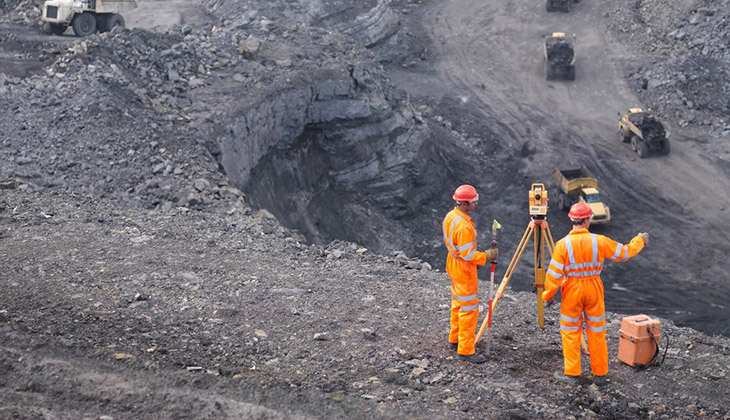This post originally appeared on The Times of India.

As part of the stimulus package to revive the economy, the Union government has announced a slew of measures to boost production and reduce imports of coal. It has liberalised the sector, curtailed the monopoly of Coal India Limited (CIL), and has announced an investment of Rs 50,000 crore for coal transportation infrastructure. All this has been done to double coal production in the next four years – from 730 million tonnes in 2019-20 to 1.5 billion tonnes in 2023-24. The question is: Can India afford such a massive increase in coal consumption?
Till three years back, coal was the cheapest source of electricity. Then in May 2017, the solar power tariff nosedived to Rs 2.62/kWh – 20% lower than the coal based power tariff of NTPC – and changed the energy market forever. Since then the coal power prices have kept increasing because of the increase in coal mining and transportation costs, while the costs of renewable and energy storage systems have continued reducing on the back of global and local innovations.
Just three weeks back, the Solar Energy Corporation of India awarded a project to ReNew Power to supply 400 MW of renewable energy, round the clock, at a tariff of Rs 2.90/kWh. Very few, if any, new coal power plants can compete with this tariff. In fact, the business case to install a new coal power plant is fast vanishing with such steep reduction in the prices of renewables with storage.
The business case entirely erodes if one includes health and environmental costs. Coal is the single largest source of air pollution and CO2 emissions in India. About half of all the CO2 emissions come from burning coal, and coal power plants account for 60% of particulate and 50% of sulphur dioxide emissions of the entire industrial sector. Deaths and diseases due to air pollution cost India a GDP loss of more than 5% and coal-related pollution constitutes a significant proportion of this. If we add carbon price and pollution cost to coal, then we should be shutting down even the existing power plants.
The private sector understands these risks and has practically stopped investing in coal power. According to a report published jointly by Global Energy Monitor, Sierra Club and others, a staggering 47,400 MW worth of coal power projects, mainly of the private sector, was scrapped in India in 2019. The private sector, instead, is now investing in renewable energy. In 2019, more than two-thirds of all the new power plants constructed in India were based on renewables, with the bulk of investments coming from the private sector and FDIs. The question, therefore, is why in the face of an overwhelming case against coal, the government is still promoting it?
The reason seems to be twofold: One, coal is viewed as the foundation of energy security and self-reliance (Atmanirbhar Bharat); and two, it is considered as a shovel-ready venture to revive the economy in parts of central and eastern India (about 25 districts) that are primarily dependent on coal for growth and employment. While these reasons can be justified as short-term expediency, they would become a liability very soon.
We need to understand that the investments made today will lock our economy to expensive coal for the next 20-30 years. This will limit our scope of innovation and reduce the pace of transition to clean and cheap renewable energy. We will, therefore, be paying a high cost of energy even when much more affordable options would be available. Can India, which already has one of the highest costs of energy in the world, afford this?
As far as coal mining areas are concerned, they have been suffering from ‘resource curse’ for decades. Most coal districts are polluted and poor with some of the worst human development indicators.
More coal mining will perpetuate the status quo. The need, therefore, is of economic diversification and a ‘just transition’ plan for these districts to reduce their dependence on coal.
If Covid-19 pandemic has taught us anything, it is that our current economic system is akin to ‘sawing-off the branch on which we are sitting’. By investing in coal, we will exacerbate climate change, increase air pollution and make energy more expensive in the future. We need an Atmanirbhar Bharat, but atmanirbharta (self-reliance) must also be affordable and sustainable.